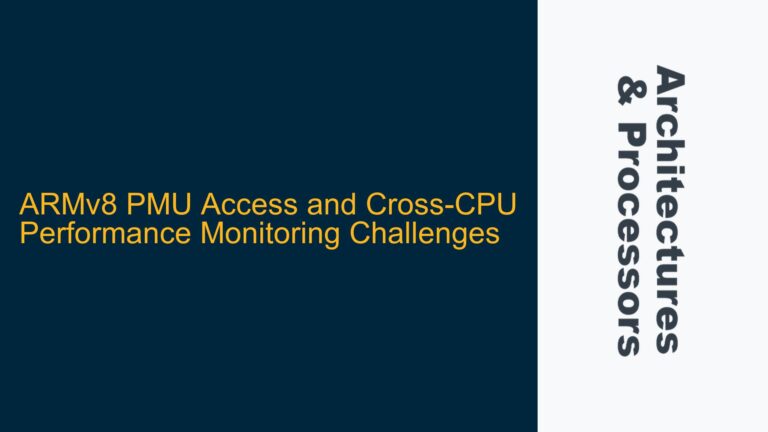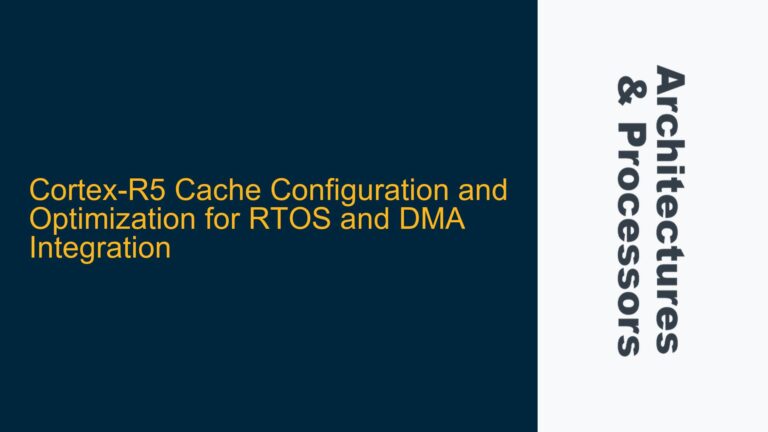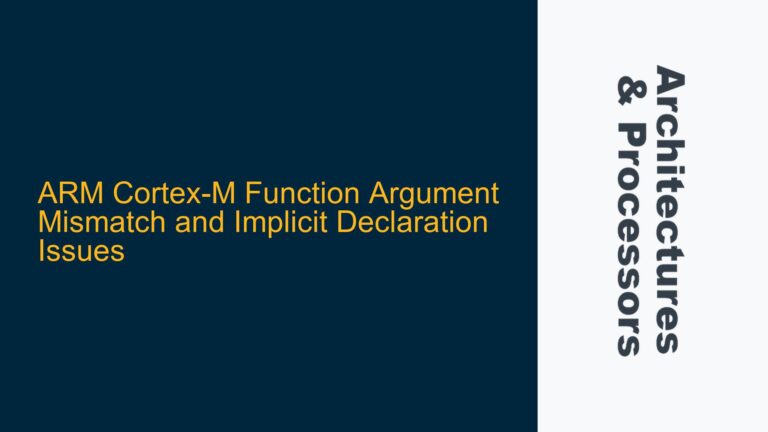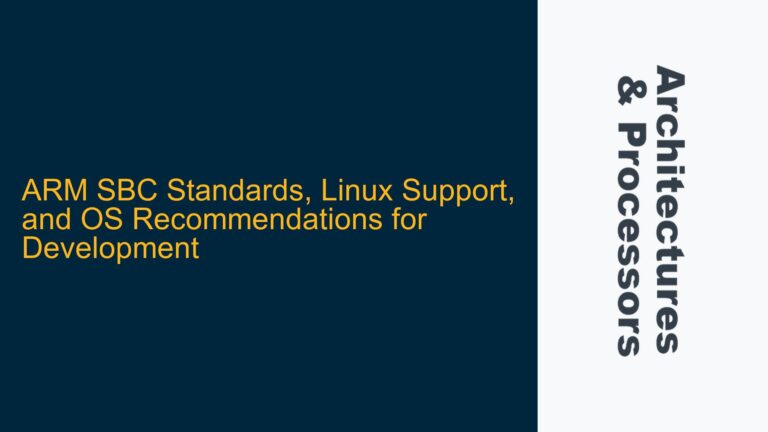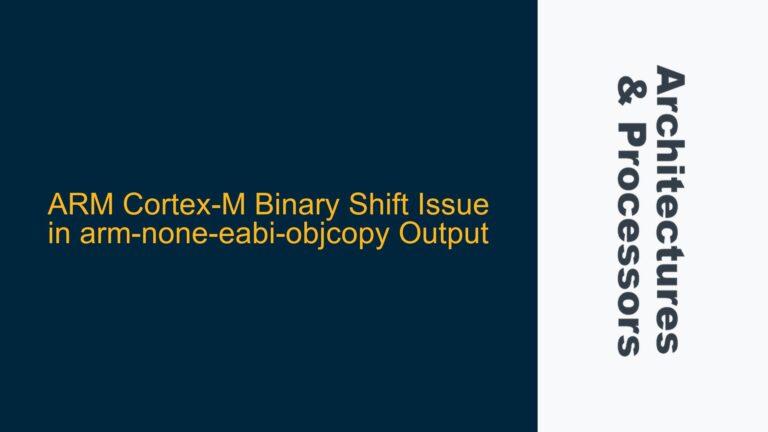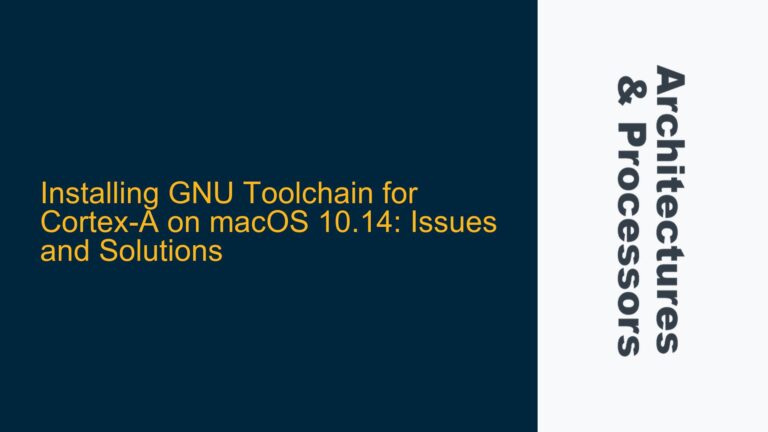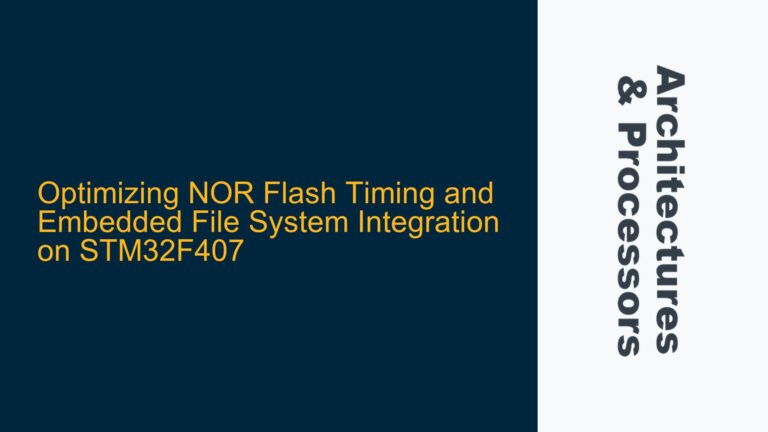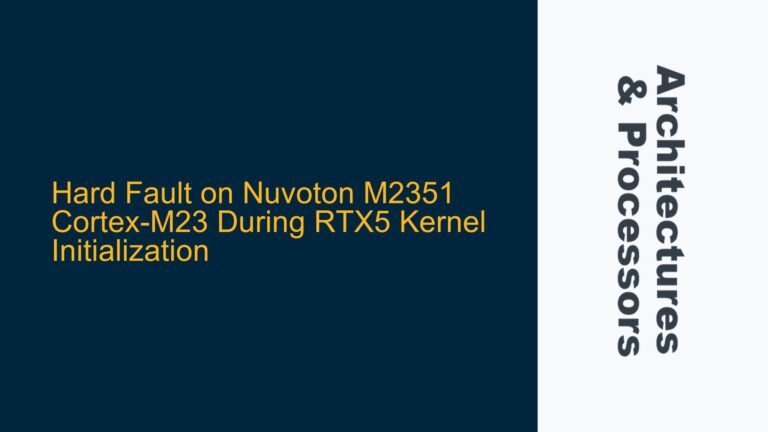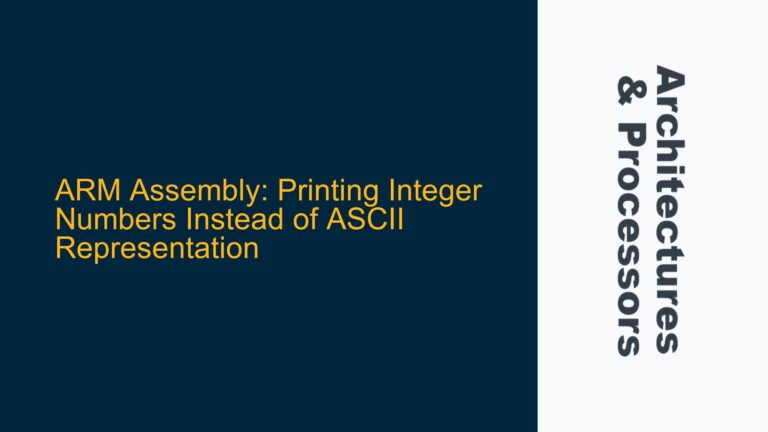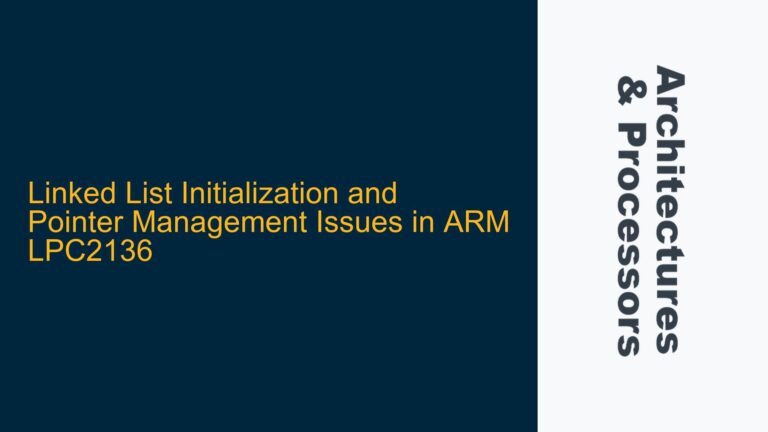ARMv8 PMU Access and Cross-CPU Performance Monitoring Challenges
ARMv8 PMU Architecture and Multicore Access Limitations The ARMv8 architecture incorporates Performance Monitoring Units (PMUs) as part of its profiling and debugging infrastructure. Each CPU core in a multicore ARMv8 system is equipped with its own dedicated PMU, which is responsible for counting and recording hardware events such as cache misses, branch mispredictions, and instruction…
